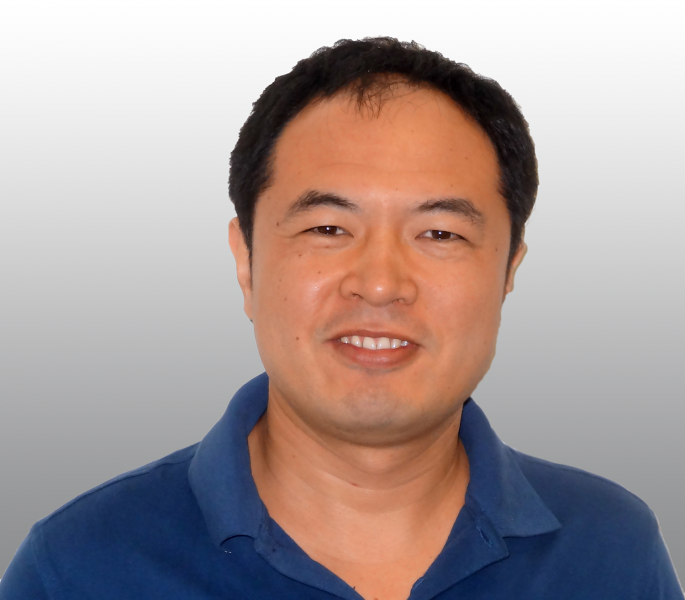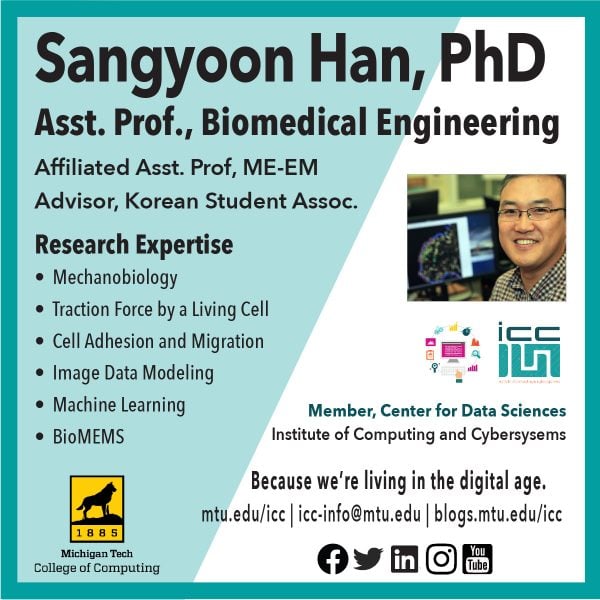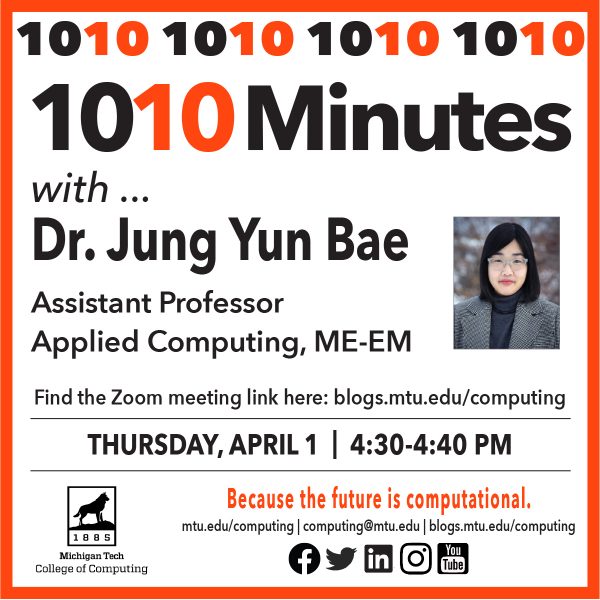by Office of the Vice President for Research
Join us at noon today (April 8) for a special session of the VPR Research Series as we “Meet MTRI.”
This event will introduce the team at the Michigan Tech Research Institute and explore opportunities for others in our research community to collaborate with them.




